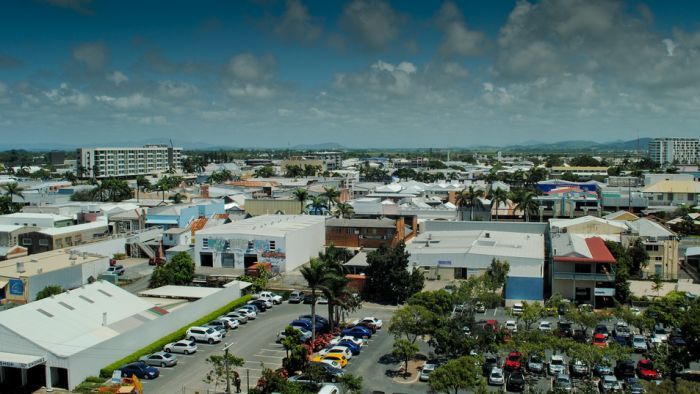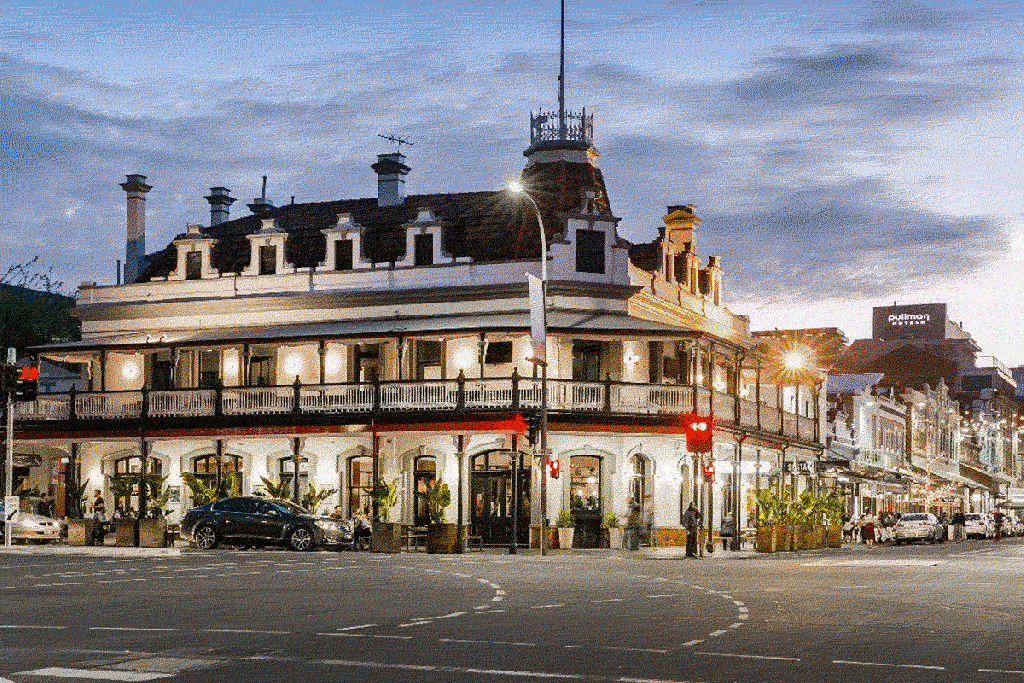The five areas in Australia hit hardest by the housing crisis

Australia’s housing crisis is deepening, with a report revealing 25 metro and regional markets where housing supply is critically low, exacerbating affordability issues and driving property prices higher.
InvestorKit’s latest white paper, Australia’s Housing Supply Crunch: 25 Undersupplied Regions FY 24/25, highlights the growing struggle for buyers and renters alike as demand continues to outpace supply across the country.
The nationwide study of 330 regions found that several key areas are experiencing a severe housing shortage, making them prime targets for price surges in the coming year.
Australia’s housing market at a breaking point
InvestorKit CEO and founder Arjun Paliwal said Australia’s housing supply crisis was reaching unsustainable levels.
“Australia is experiencing a chronic supply crunch, causing property prices to skyrocket. Our housing market is among the least affordable in the world due to growing demand, low established supply, and a decline in national average household size – and we are still a long way from resolving the issue,” Paliwal said.
InvestorKit, which won “buyer’s agency of the year” at the REB Awards in 2023 and 2024, uses its proprietary Supply Shortage Score to identify undersupplied markets.
The findings indicate that some of Australia’s fastest-growing regions will continue to experience supply pressures, fuelling further price growth in the near future.
You might like

New house approvals are down by almost half in the Queensland mining town of Gladstone. Photo: AAP
The five worst-affected areas in 2025
Among the 25 undersupplied regions identified, five key markets stand out due to significant population growth coupled with declining housing stock:
Fremantle (Greater Perth): Population has surged by 14 per cent in the past decade, while for-sale listings have plummeted by 29 per cent. New house approvals have dropped by 77 per cent in the past three years.
Bayswater-Bassendean (Greater Perth): Population up 7 per cent, for-sale listings down 21 per cent, and new house approvals down 65 per cent in the past three years.
Joondalup (Greater Perth): Population up 4 per cent, for-sale listings down 31 per cent, and new house approvals down 62 per cent in the past three years.
Mackay (Regional Queensland): Population up 7 per cent, for-sale listings down 40 per cent, and new house approvals down 50 per cent in the past three years.
Gladstone (Regional Queensland): Population up 8 per cent, for-sale listings down 31 per cent, and new house approvals down 48 per cent in the past three years.
While capital city vacancy rates have shown slight improvement, regional rental markets remain in crisis, with vacancy rates below 1 per cent in multiple areas.
This ongoing shortage continues to push up rental prices and restrict housing accessibility.
Stay informed, daily
Emerging opportunities for investors
While the focus remains on severely undersupplied areas, Paliwal also highlighted a category of markets known as “second-wind markets”, which could soon offer strong investment opportunities.
“Markets like Newcastle, [the NSW] Central Coast, Albury-Wodonga, Bendigo, and Mildura are all in a cycle category we refer to as a second wind market,” he said.
“This means growth rates are expected to be subdued for the short term, representing a healthy buying opportunity before future growth cycles.”
Unlike the regions experiencing extreme supply shortages, these markets have more available stock, offering buyers greater negotiating power.
“At this stage, their supply shortage scores (SSS) aren’t very strong. Property investors can look at this in another way, though. Instead of short-term growth being high – like the areas in this report with very high SSS – these markets will instead have more supply for buyers to negotiate well and purchase more on their terms.”
What needs to change?
Paliwal argues that simply increasing housing construction is not a sufficient solution.
“If that approach were effective, Australia wouldn’t find itself in this situation despite a 20 per cent increase in total dwelling stock over the past decade,” he said.
“Instead, we see the number of for-sale listings is 30 per cent lower than it was 10 years ago.”
To address the crisis, Paliwal suggests:
- Better population distribution: Encouraging growth outside major capital cities with improved infrastructure and services
- Planning system reforms: Streamlining land supply and development approvals to boost housing stock
- Fairer tax policies: Reducing disincentives for property transactions and improving market fluidity
- Support for alternative housing models: Expanding build-to-rent developments and incentivising diverse housing providers
- An investor-friendly environment: Reducing negative sentiment towards investors, as they play a key role in rental market stability.
What’s next for the market?
While long-term solutions are being discussed, short-term conditions suggest that Australia’s housing market will remain highly competitive, with strong price growth in undersupplied regions throughout 2025.
For buyers, renters, and investors alike, the supply crunch underscores the urgent need for policy intervention to create a more sustainable and affordable housing landscape.
This article first appeared on View.com.au. Read the original here








